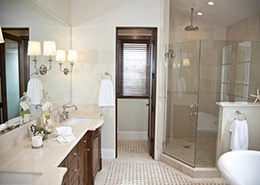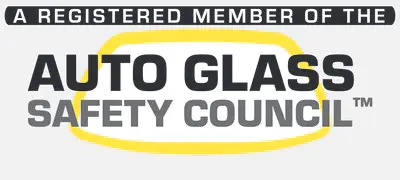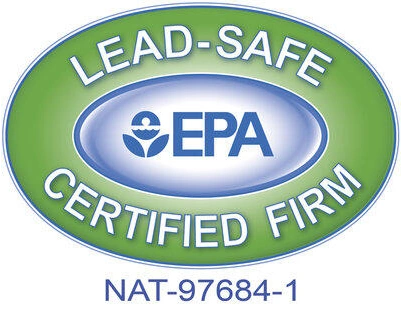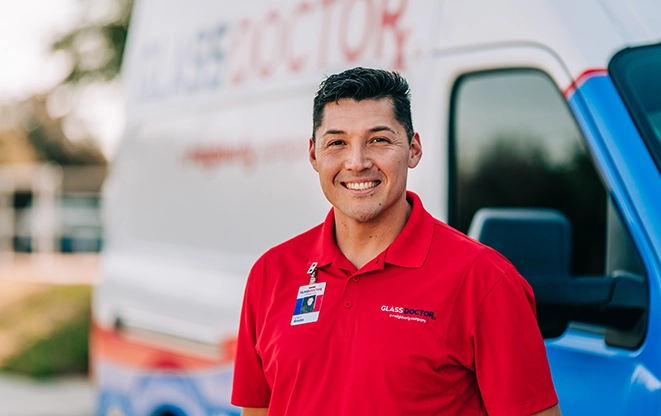In the 1950’s, when chemical adhesive systems began to replace mechanical systems (like rubber gaskets and clips) in the installation of windshields, the most common bonding system was butyl tape. This is a soft and sticky material that came in rolls. It was essentially a ribbon of low strength rubber used between the Seattle auto glass and the pinch weld of the vehicle to hold the Seattle auto glass in place. It no longer meets Federal motor vehicle safety standards for modern cars.
After butyl came polysulfide based adhesives. This adhesive system was much stronger than butyl, but took significant amount of time to cure and become strong enough to safely operate the vehicle. This is OK if the vehicle is at the manufacturer and it will be several days or weeks before it is sold, but this application doesn’t work well for you, the consumer, who would like to ensure a faster safe drive away time.
1973 saw the first use of urethane based adhesive systems in cars - starting with the 1973 Oldsmobile Cutlass. This super-strong adhesive quickly replaced butyl and polysulfide as the system of choice due to its quick cure time, strength and reliability. In fact, Glass Doctor of Seattle only uses urethane adhesive systems in replacements where a chemical bonding system was originally used - even if the original adhesive system was butyl or polysulfide.
Urethane comes out of the tube with a paste like consistency, and must be allowed to harden, or cure. Under most circumstances, the urethane systems used by Glass Doctor of Seattle will cure in one hour. Temperature and humidity will sometimes impact the cure time for the urethane, and cause the safe drive away time to be longer in some applications. Your certified technician will advise you of the safe drive away time when your installation is complete.









